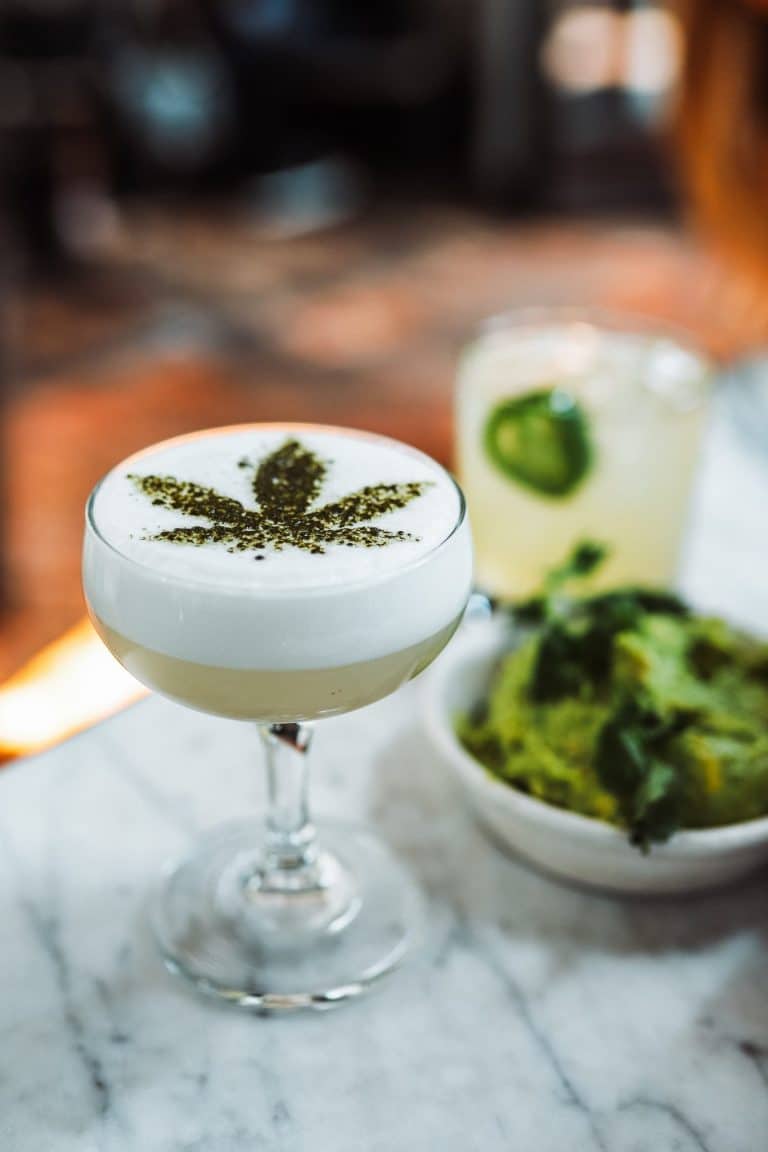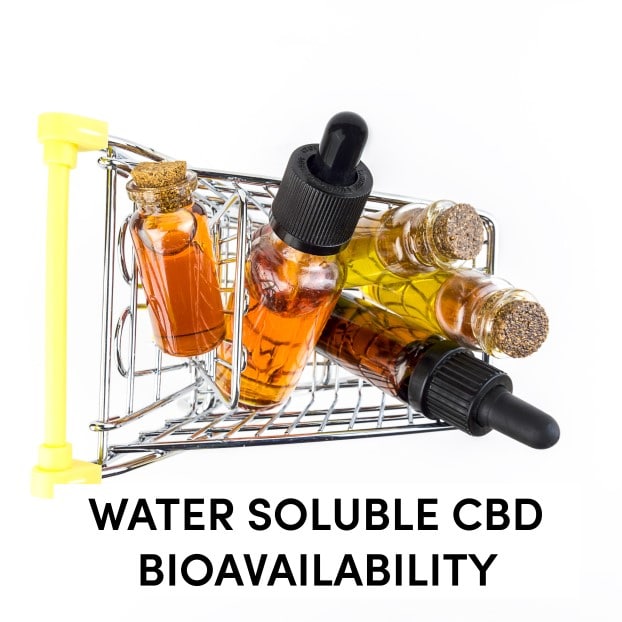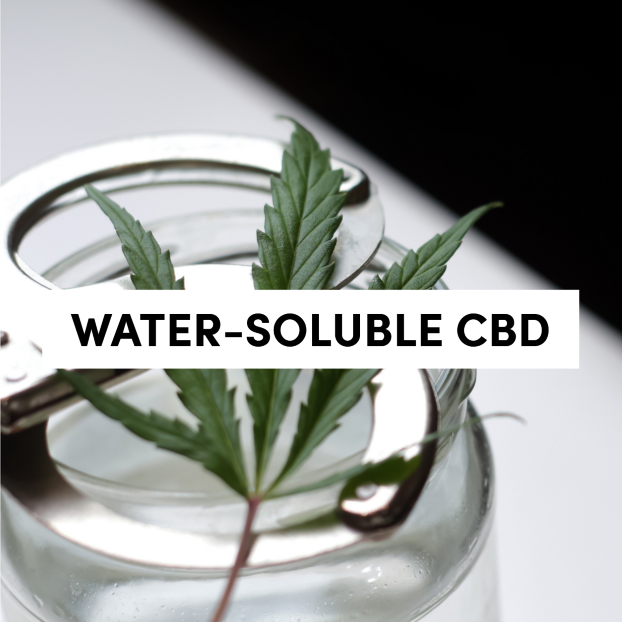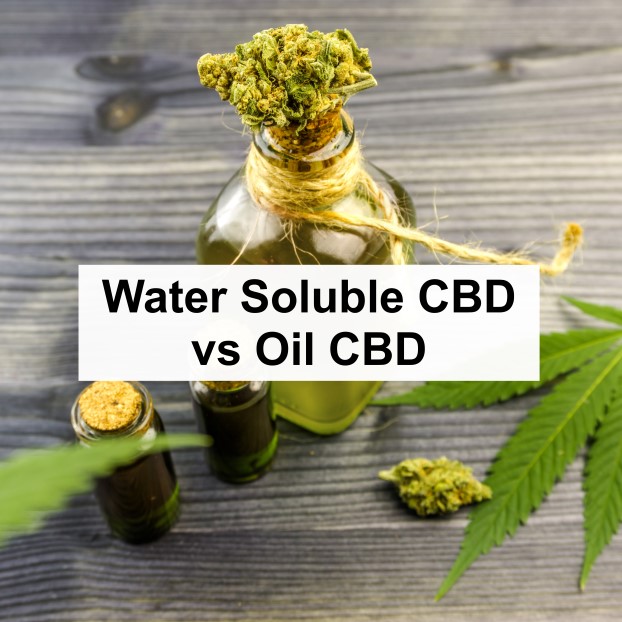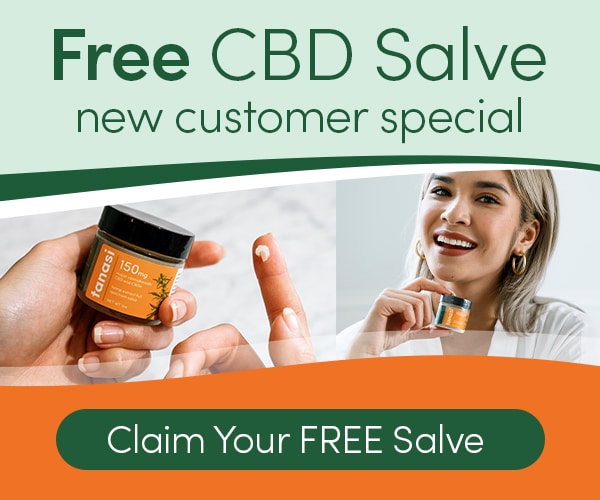Is CBD Water Soluble? It Can Be If You Know What You’re Doing
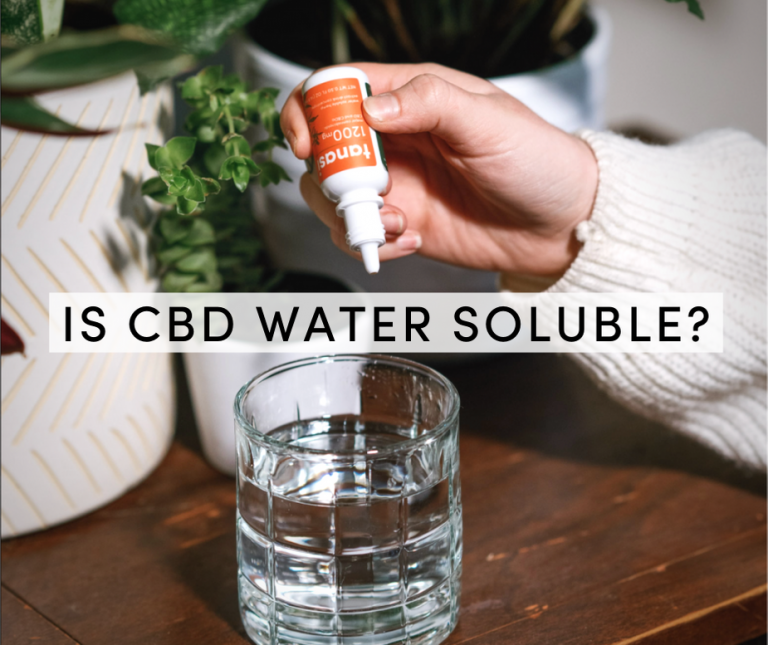
Posted on March 1st, 2021
Cannabidiol is the full name of CBD, an active ingredient in cannabis and its second most prevalent one. Commercially, it comes from the hemp plant, though it is an essential part of marijuana too. Cannabis has hundreds of components. THC causes the high that it gives its users, but CBD does not do so. In fact, as per the World Health Organization, CBD does not have the potential for any abuse or dependency and has till now not caused any health problems. There are several ways to take CBD as a supplement, but is CBD water soluble? Keep reading to find out if taking CBD is as easy as mixing some into water.
CBD Benefits
CBD is now growing increasingly popular in helping with various health issues. But its strongest advocates may be doctors treating childhood epilepsy. Research shows it is effective in treating seizures of some of the most debilitating epilepsy syndromes, such as Dravet and Lennox-Gastaut. It has led to a great reduction in seizures of the affected children, and has even succeeded in stopping some cases altogether. This has led the FDA to approve of medicines like Epidiolex, which comes from cannabis compounds.
CBD has also been used to address anxiety resulting from insomnia and can help in falling asleep and staying asleep. It has also been used for treating chronic pain, and on the skin can reduce the inflammation and pain from arthritis. It also inhibits neuropathic and inflammatory pain, both of which are otherwise quite difficult to treat. Since the US now legally permits hemp and its products, more studies and researchers are examining CBD. This is why there may be people wondering how to join the healing, and whether anyone has made CBD water soluble.
 Safety of Use
Safety of Use
Like most potent medicines, CBD does have some side effects that can include fatigue and nausea. It increases the potency of a certain blood thinner called Coumadin. Levels of other medications can also be altered by CBD. Since the FDA does not technically regulate it, there is always some chance that a manufacturer could include other less safe substances. Reputable brands will always include ingredients and assurances that their product has been thoroughly tested. Therefore, be sure to check CBD products carefully. The best thing you can do is ask your doctor if they think it will safely interact with your other current medications.
Is CBD Water Soluble?
Among the various CBD products on the market today, some of them are in fact water soluble. The advantage of this kind of product is how easy it is to mix with beverages and other liquids. It also increases the bioavailability of the CBD, making its effects take place more quickly.
How to Make CBD Water Soluble?
In order to make CBD water soluble, it is necessary to convert its cannabidiol molecules into nanoparticles. These CBD particles, which are already small, undergo nano-emulsification. This makes it easier for the body to absorb them because of their smaller size. Furthermore, this can enhance the medicinal properties by making them more available to the body’s endocannabinoid system. This process of creating nanoparticles has been popular in pharmaceuticals for years as a process for delivering molecules of chemicals to the body. Making CBD water soluble can be a more expensive process and not easy for most manufacturers to achieve.
Choosing the Best Water Soluble CBD
Budgets are a constraint for most consumers, and you will need to know how much your water soluble CBD costs. You also need to be sure of the dosage you are buying. Additionally, it can’t hurt to know the source of the hemp and the extraction process for making it. This is often an indication of its purity. Many mixable CBD products also come in various flavors. You should be able to access third party lab results for each CBD batch. Customer reviews are another trustworthy source of encouragement to try a product, as different perspectives can be enlightening.
 Why Make CBD Water Soluble?
Why Make CBD Water Soluble?
Water and oil do not mix and this is true of CBD oil. If you try to drop normal CBD oil into water it will simply pool on the surface. This is also indicative of how it behaves inside your body. Of course you can still digest oil, but it is more difficult. Thus, your body more easily absorbs a water soluble CBD and any therapeutic effects that it has are enhanced. Our body is largely made up of water, and this affects the bioavailability of CBD. This is the rate and degree at which any substance absorbs into the body.
CBD oil has a bioavailability of just 4 percent and this leaves the balance 96 percent of no use to the body. This bioavailability goes up tremendously and reaches the bloodstream directly through the small intestine if you make the CBD water soluble. This leads to much quicker effects and benefits.
CBD Manufacturing
Growing
CBD is manufactured from hemp, which is federally legal in the United States. The best hemp is grown organically so that there are no fertilizers, chemicals or heavy metals. It is then dried and cured. For CBD, plants are tended separately and only 1500 plants or so are grown per acre. They are allowed to grow tall and the tops are harvested for seed production. Hemp is ready for harvest in about four months. Hemp grows densely and thus leads to lesser chances of weeds. The plants have deep roots and this protects the soil. They are highly pest-resistant, and this makes it much easier to grow them organically. Hemp roots constantly aerate and this improves the quality of the soil in which they are growing.
Harvesting CBD Hemp
When the hemp bud becomes milky white it is time for harvesting. This generally occurs in September or October. Every part of a hemp plant can become a valuable product of some kind. The plants need to be cut at the base of the stem and taken out of the field. While harvesting is often done by hand, large scale industrial hemp cultivators often make use of machinery.
Processing and Decarboxylation
The harvested hemp has to then be dried. Quick drying with minimum damage leads to greater amounts of CBD. Large ventilated barns or special drying chambers are the most common drying methods. Ideal temperatures for drying are 60 to 70 degrees Fahrenheit, and with a humidity of 60 percent. The hemp is often hung to maximize the use of space. The drying helps turn CBDA into CBD, which is why it must precede cannabinoid extraction.
 CBD Extraction
CBD Extraction
To make CBD water soluble you need to extract pure, high quality compounds from the plant. There are many methods of extracting these, each of them having their own benefits and techniques. Extraction by hand uses heat, pressure and friction to the hemp flowers and leaves. You can also freeze hemp flowers and shake the trichomes loose, as they are the elements of the hemp that have the full spectrum of cannabinoids. It is the cheapest form of extraction, and makes use of the complete hemp plant.
Solvent extraction uses liquid solvents through the processed hemp after heating and decarboxylation. Common solvents are butane, ethanol, and hexane, and these need to be safely removed after completing the process. The use of CO2 in a supercritical state gives it the characteristics of both liquid and gas, and pumping this through the hemp plant extract in a controlled fashion results in stripping the extract of all its terpenes and cannabinoids. The concentrates are clean and safe, yields are efficient, and the process itself is environmentally friendly and sustainable. It is an expensive industrial process that requires expertise.
Conclusion
There are many ways to get CBD into your body. There are also many ways that you could benefit from trying CBD. So now that you know about these different methods and benefits, ask yourself and your doctor if you think it could be a good fit. Tanasi does make some of its high quality CBD water soluble. It comes in convenient dropper bottles that you can carry with you anywhere and add to any drink you like, whenever you want.

